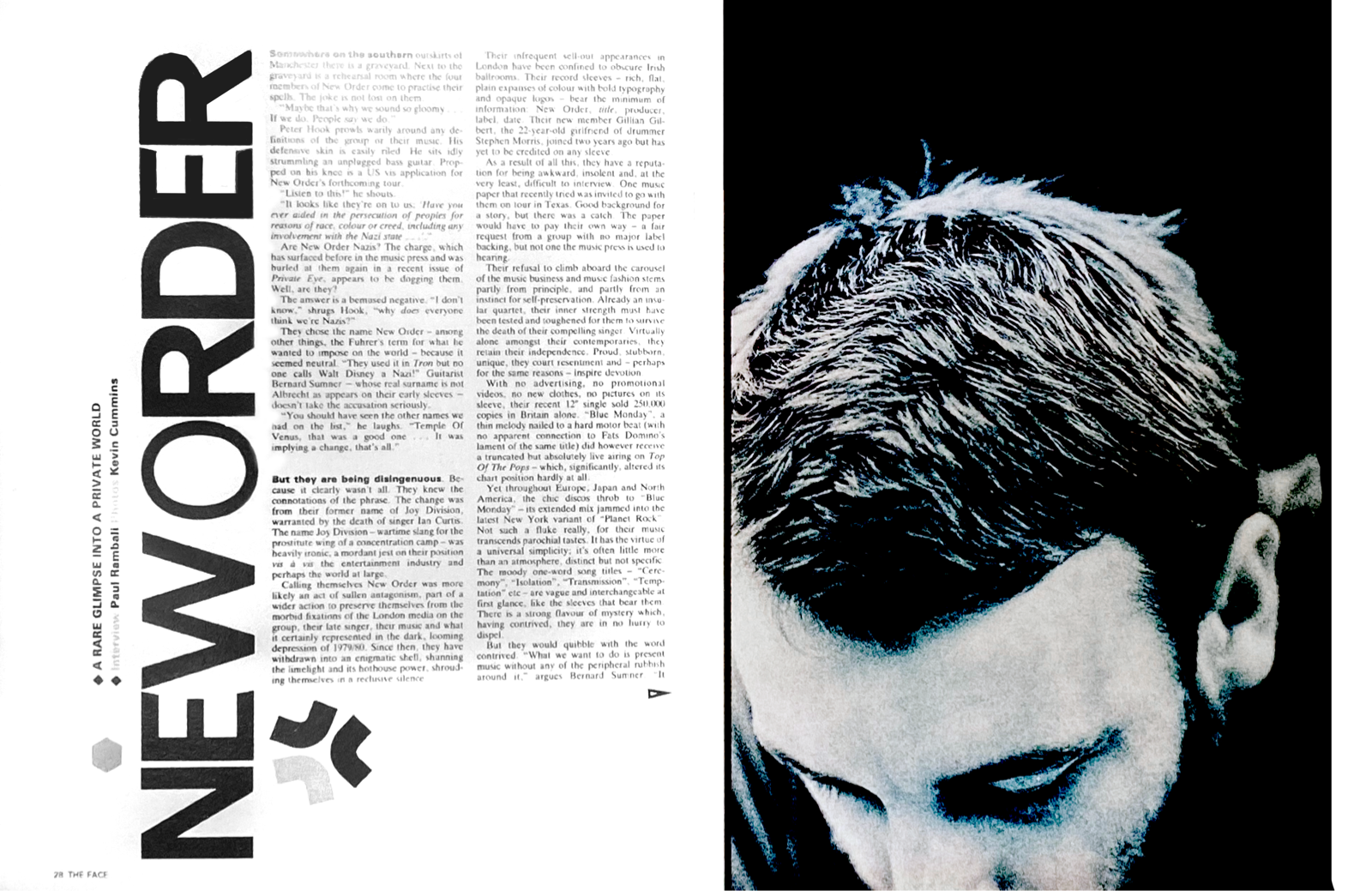The Cortina was produced in five generations, Mark I–V, although officially the last one was only a facelift of the Mark IV. From 1970, the Cortina was almost identical to the German-made Ford Taunus. The Cortina name was inspired by the Italian ski resort Cortina d’Ampezzo, site of the 1956 Winter Olympics.
As a publicity stunt, several Cortinas were driven down the Cortina olympic bobsled run at the resort. Using the project name “Archbishop,” management at Ford in Dagenham created a family-sized car which they could sell in large numbers. The chief designer was Roy Brown Jr., the designer of the Edsel, who’d been sent to Dagenham following the failure of that car. The car was designed to be economical, cheap to run and easy to produce in Britain.
Originally to be called Ford Consul 225, the car was launched as the Consul Cortina until a modest facelift in 1964, after which it was sold simply as the Cortina.
In the late 1960s, Ford set about developing the third-generation Cortina, the Mark III, which would be produced in higher volumes than before following the merger of Ford of Britain and Ford of Germany into Ford of Europe.
The Cortina was available with 1200 and (from early 1963) 1500 four-cylinder engines with all synchromesh gearbox, in two-door and four-door saloon, as well as in five-door estate (from March 1963) forms. Standard, Deluxe, Super, and GT trims were offered but not across all body styles.
The Mark V was announced on 24 August 1979. Officially the programme was code named Teresa, although externally it was marketed as “Cortina 80,” but the Mark V tag was given to it immediately on release by the press, insiders and the public.
The second incarnation of the Cortina was designed by Roy Haynes, and launched on 18 October 1966, four years after the original Cortina. It had some styling elements in common with the third generation US Ford Falcon.
The launch was accompanied by the new slogan “New Cortina is more Cortina.”
The fourth-generation Cortina was a more conventional design than its predecessor, but this was appreciated by buyers. Generally a rebody of the Mark III with little mechanical change as an integration of Ford’s model range, and as a result the Cortina and Taunus differed only in badging.
